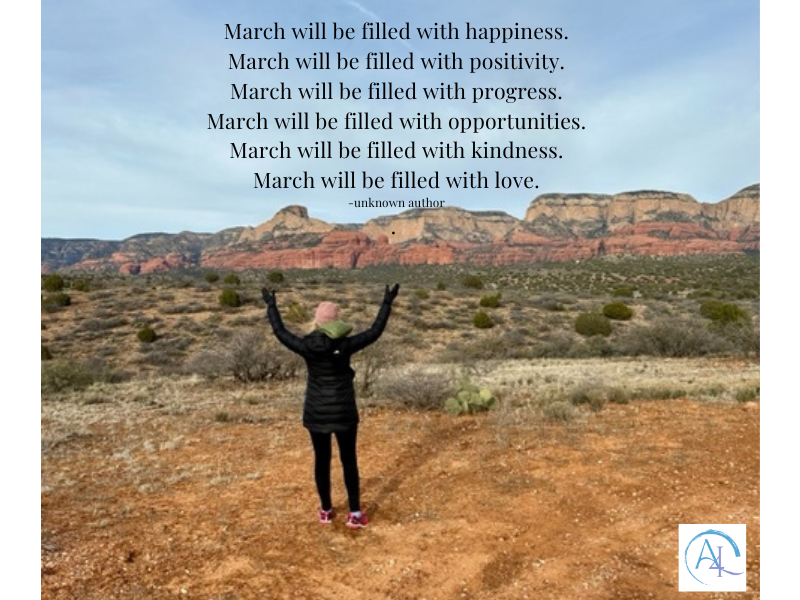
02 Mar Art Journaling For Mindfulness
by Barbara K. Stump, MA
As I sat down to write this latest series, I thought some of you might be wondering, “What is Art Journaling?” Art journaling is a creative outlet for expressing one’s thoughts, dreams, and memories in a stress-free way. It can be part diary and part scrapbook. Think of it as a place to experiment with color, capture words and memories important to you in one place. The best part is that no prior art experience is required!
So what is the difference between an Art Journal and a Sketchbook?
Art Journal = A place to journal your day in a relaxed way. It is used to explore one’s thoughts, dreams, and memories. It does not have to be perfect. The intention is to make small pieces of art every day or once a week without the pressure to finish or make it perfect. It is all up to the individual.
Art Sketchbook = Is used to practice techniques or explore skills. One may learn about other artists and ideas in a more academic or technically focused manner. Often work is completed with the intention of moving forward to larger pieces.
What are the materials needed for an Art Journal? Here are a few suggestions:
- Purchase or Make a Journal– You can transform an old book into an art journal or simply purchase a sketchbook. Sizes 9” x 6” or 9” x 12” would be my recommendation. An old book (a novel or textbook) would be cool, and you may wish to prime some pages with gesso before creating. However, a handy sketchbook will work just fine and you can always decorate the cover. You may also like to find a sketchbook with pockets (or tape an envelope to the back of your sketchbook) to keep pictures, stickers, cards, and paper scraps to use.
- Choose Supplies – It’s your journal, so you get to decide the mediums (materials) you enjoy working with. Some ideas: paint (acrylic, water color, or both!); paint brushes; possibly gesso or white acrylic paint; favorite pens; micron pens; markers; printed texts from magazines, personal letters, etc.; various papers to collage; glue sticks; scissors; images from magazines and personal photos; and possibly you have some drawings or doodles you have already made.
- Work Space – Decide where your creative location will be in your home. A place where you can leave your work to dry if necessary and store your supplies. Also a safe place where your work will not be disturbed by others, or your furry friends. You can choose whether you would like to share your Art Journal or not. So keep that in mind as well.
- Schedule your Creative Time – Maybe it’s only once a week, or maybe you are able to carve out 30 minutes a day. Whatever works into your schedule, make a plan to allow you time to escape, relax, and reflect in your Art Journal. This is where Mindfulness comes into play! Be intentional, you are worth it and deserve to have some time to capture words and memories.
- Focal Point – Having a theme is not necessary, but I find it helpful because when I sit down to create something it gives me a sense of direction. Some possible Art Journal ideas to consider: Gratitude Journal; Positive Affirmations Journal; Inspirations Board Journal; Bucket List Journal; Goals and Dreams Journal; Your Favorite Things Journal; StoryTelling Journal- creating a story with a plot; describing a certain experience; or if you have a big event coming up you could describe how you would like it to unfold.
Whatever you decide to create in your Art Journal is up to you. Possibly your focal point could change daily or weekly. Think of it as a place to experiment with color, capture words, and memories important to you in one place. In this Art Journaling series I will present a couple different ways to approach a few of the above themes. However, by all means please feel free to explore and create as you desire! Let your own interests guide you. If you like the idea about journaling affirmations, above is a picture of me from a recent trip with some affirmations for the month of March. As always, keep looking up and reaching for the sky… or pretending to be a cactus! Either way, I hope you find Art Jounaling to be a fun and peace-of-mind experience.
Barbara is an art education consultant and G3 contributing writer. Check back in two weeks for Part 2 of the Art Journaling series!

